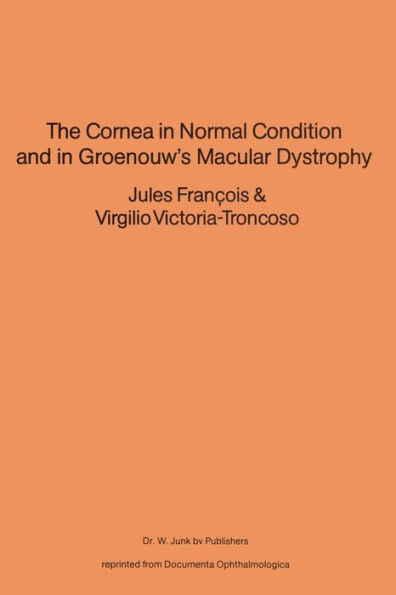5
1
9789400991798


The Cornea in Normal Condition and in Groenouw's Macular Dystrophy available in Paperback

The Cornea in Normal Condition and in Groenouw's Macular Dystrophy
- ISBN-10:
- 9400991797
- ISBN-13:
- 9789400991798
- Pub. Date:
- 11/10/2011
- Publisher:
- Springer Netherlands
- ISBN-10:
- 9400991797
- ISBN-13:
- 9789400991798
- Pub. Date:
- 11/10/2011
- Publisher:
- Springer Netherlands
54.99
In Stock

Product Details
| ISBN-13: | 9789400991798 |
|---|---|
| Publisher: | Springer Netherlands |
| Publication date: | 11/10/2011 |
| Edition description: | Softcover reprint of the original 1st ed. 1980 |
| Pages: | 210 |
| Product dimensions: | 6.10(w) x 9.25(h) x 0.02(d) |
From the B&N Reads Blog
